Germany : Strong Demand and Innovation Drive Growth
Germany holds a dominant 5.5% market share in the European denim sector, valued at approximately €1.5 billion. Key growth drivers include a robust fashion industry, increasing consumer preference for sustainable products, and government initiatives promoting eco-friendly manufacturing. The demand for premium denim is rising, supported by a strong retail infrastructure and e-commerce growth, which enhances accessibility for consumers.
UK : Fashion Trends Shape Consumer Choices
The UK denim market accounts for 3.8% of the European share, valued at around €1 billion. Growth is driven by a shift towards casual wear and the influence of street fashion. Regulatory policies favoring sustainable practices are gaining traction, with brands increasingly adopting eco-friendly materials. The online shopping trend continues to reshape consumption patterns, making denim more accessible to a broader audience.
France : Luxury Meets Everyday Wear
France captures 3.2% of the European denim market, valued at approximately €850 million. The growth is fueled by the country's rich fashion heritage and a strong inclination towards luxury denim brands. Government initiatives supporting local manufacturing and sustainability are pivotal. The demand for high-quality, stylish denim remains strong, particularly among younger consumers who prioritize brand reputation and ethical production.
Russia : Growing Demand Amid Economic Challenges
Russia holds a 2.5% share of the European denim market, valued at about €650 million. Key growth drivers include a rising middle class and increasing disposable income, leading to higher demand for branded denim. However, economic fluctuations and regulatory challenges pose risks. The government is promoting local production, which may enhance market stability and growth in the long term, particularly in urban areas.
Italy : Craftsmanship Meets Modern Trends
Italy represents 2.0% of the European denim market, valued at around €500 million. The market thrives on a blend of traditional craftsmanship and modern design, with a strong emphasis on quality. Growth is supported by local brands that emphasize sustainability and innovation. Regulatory frameworks encourage eco-friendly practices, while cities like Milan and Florence serve as key fashion hubs, driving demand for premium denim.
Spain : Vibrant Styles and Local Brands
Spain accounts for 1.8% of the European denim market, valued at approximately €450 million. The market is characterized by vibrant styles influenced by local culture and fashion trends. Growth drivers include a youthful population and a strong presence of local brands like Mango. Government initiatives promoting sustainable fashion are gaining momentum, while cities like Barcelona and Madrid are key retail centers for denim.
Rest of Europe : Varied Preferences Across Regions
The Rest of Europe holds a modest 0.69% market share in the denim sector, valued at around €180 million. This sub-region showcases diverse consumer preferences, influenced by local cultures and economic conditions. Growth is driven by increasing urbanization and a shift towards casual wear. Regulatory policies vary, impacting market dynamics differently across countries, with some promoting sustainability more aggressively than others.



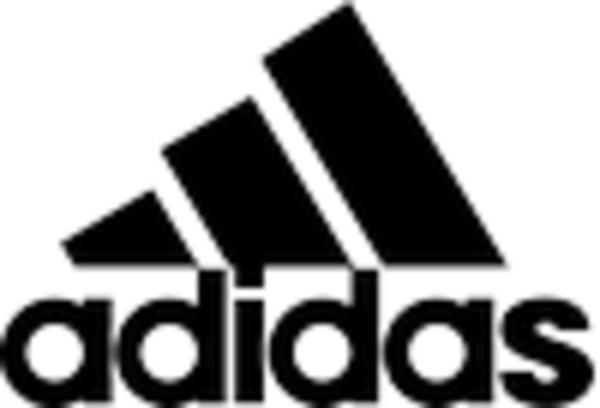
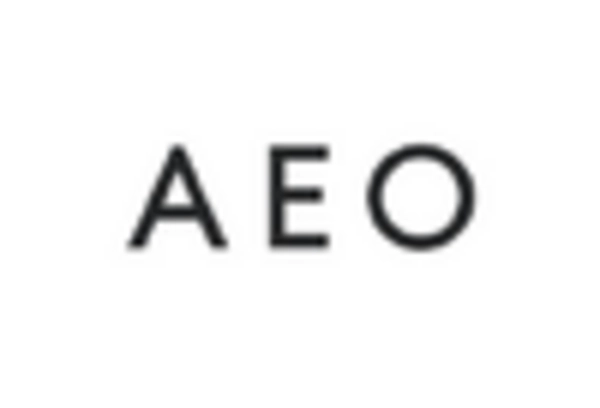
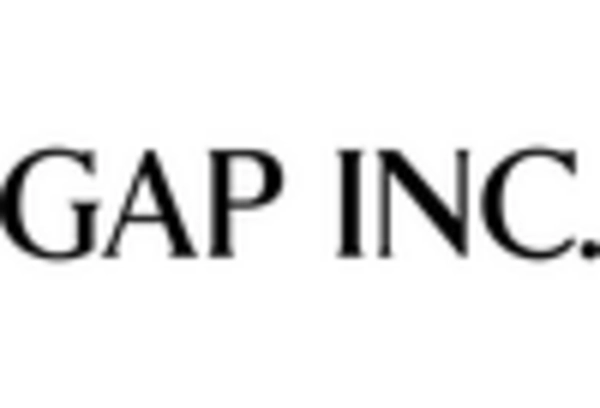

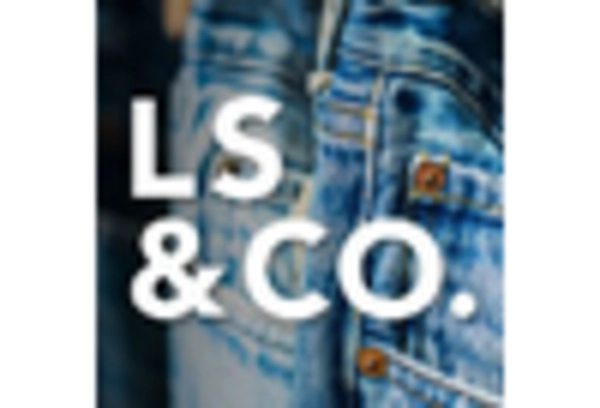
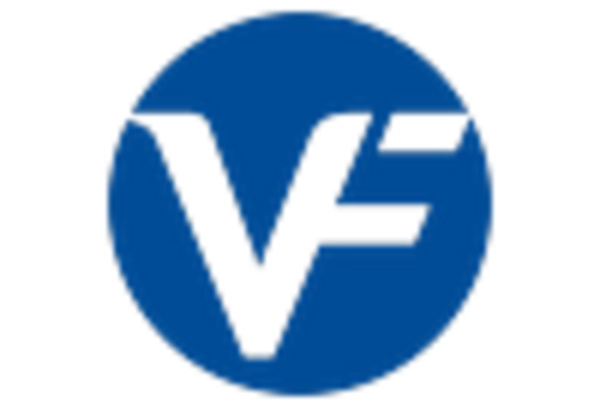








Leave a Comment